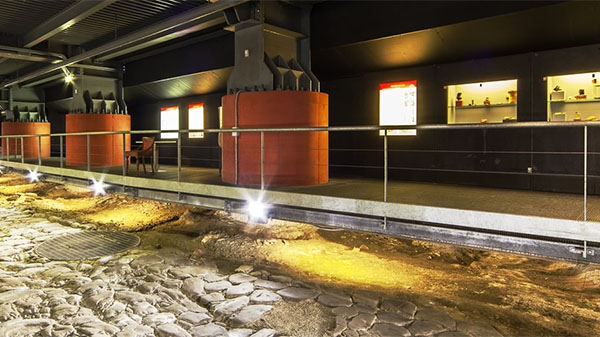Senigallia – Palazzo del Duca
Illustrious guests of the Francesco Maria II Della Rovere, Duke of Urbino, would admire military parades in the square, from the building’s windows. Inside, a splendid coffered ceiling revokes joyous atmospheres, festivities as well as satiric allusions to political power and culture: the maestro Zuccari paints carnivalesque themes, depicting an imaginary, upside down world, where children, represented by cherubs, command adults, and the poor prevail over the rich. The building faces out onto the eponymous square, named after Giovanni Della Rovere. The Square is unique for Renaissance times, since there is no religious building overlooking it. The so-called 17th century Fontana …









